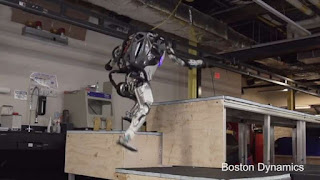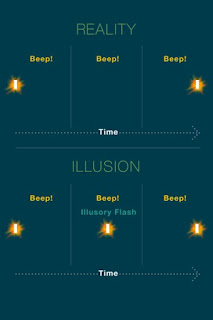Smart Stickers that Monitor Health

Purdue University Celebrates 150 Years of Innovation Source: Purdue University Personal Health Monitoring that Costs 5 cents to Make Scientists and engineers at Purdue have created a wearable, flexible, electronic sticker device that's easily attached to the skin. It monitors physical activity and can alert the user in real-time about possible health problems and risks. It can be used for patients, athletes and anyone who wants to monitor their health. Personalized Medicine Made from Paper It's made out of paper and costs only 5 cents to make. Not only is it wearable; it's nearly invisible. And it's biodegradable. This is the latest health innovation that Purdue has contributed over the past 150 years.....a history it's marking with its "Giant Leaps" celebration. Available Very Soon The smart stickers are composed of cellulose. They are biocompatible and breathable. They can also be implanted in the body for monitoring. They are ex











